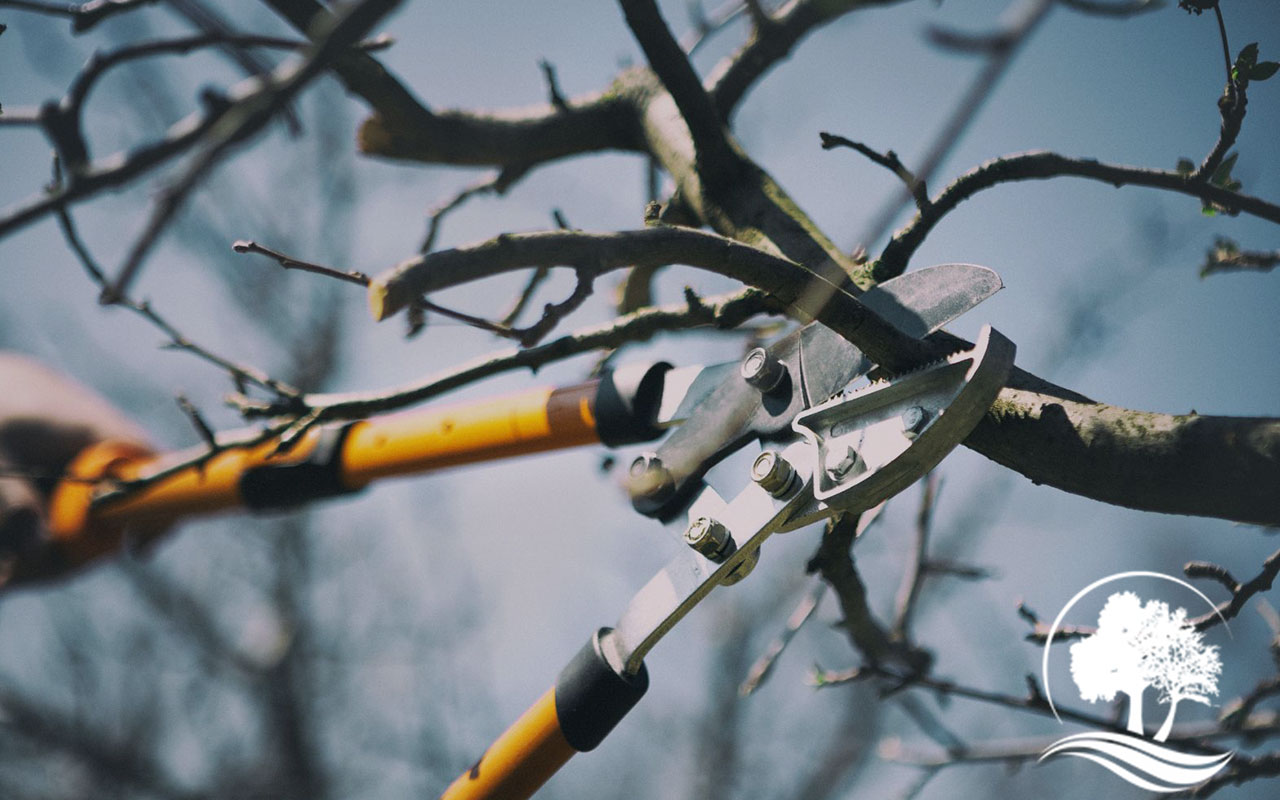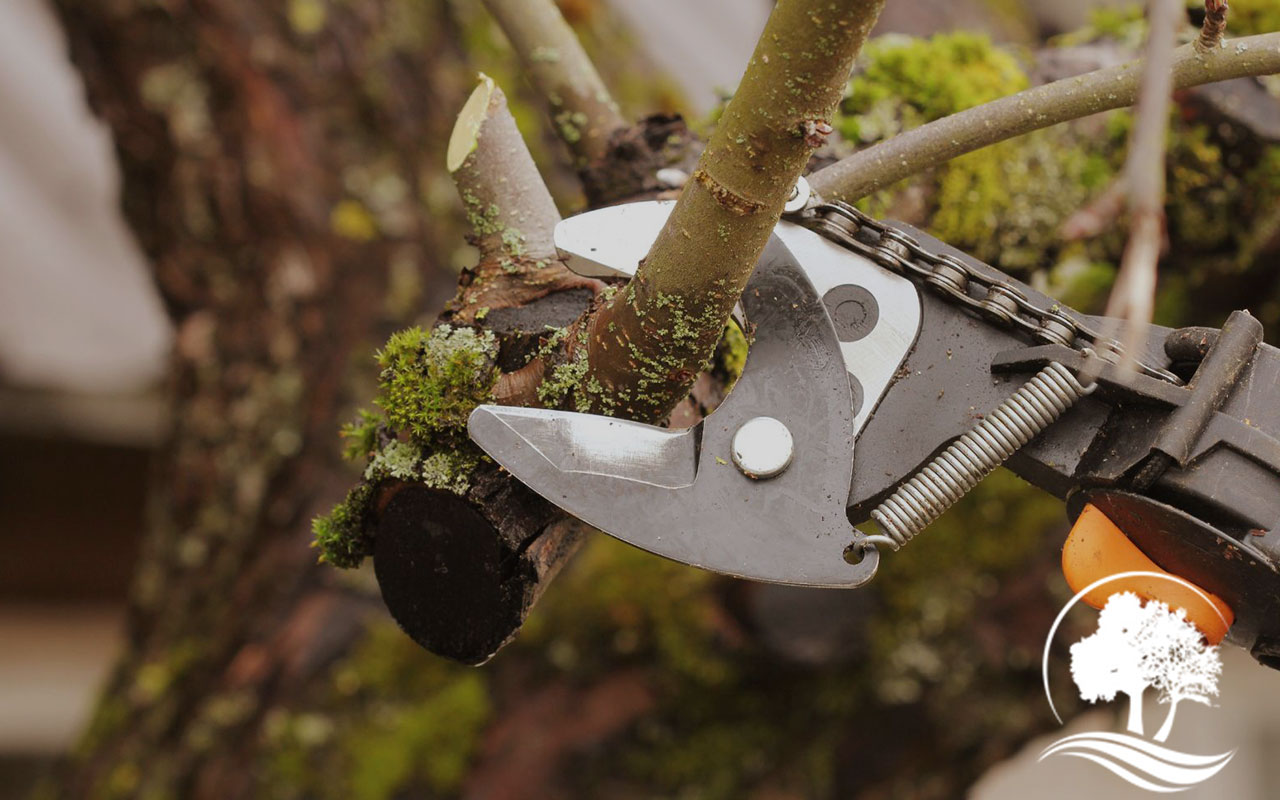
Having the right pruning tools makes tree maintenance easier and more effective. Whether you’re shaping branches, removing dead wood, or encouraging new growth, using the right equipment ensures clean cuts and healthy trees. In this guide, we’ll explore essential pruning tools, their uses, and how to maintain them for the best results.
Essential Pruning Tools and Their Uses
Hand Pruners (Bypass and Anvil Pruners)
Hand pruners are great for small branches and precise cuts.
- Bypass pruners: Use a scissor-like action for clean cuts on live branches.
- Anvil pruners: Best for cutting dead or dry branches with a crushing motion.
- Ideal for: Trimming flowers, shrubs, and small tree branches up to ¾ inch thick.
Keeping pruners sharp ensures smooth, clean cuts that help trees heal quickly.
Loppers
Loppers are designed for cutting thicker branches with more leverage.
- Long handles provide extra reach for trimming branches higher up.
- Best for: Cutting branches between 1 and 2 inches thick.
- Bypass vs. anvil loppers: Bypass loppers are ideal for live wood, while anvil loppers work well for dead branches.
A good pair of loppers makes pruning larger branches easier without extra strain.
Pruning Saws
For branches too thick for loppers, a pruning saw is the best tool.
- Folding saws: Convenient for easy storage and light pruning.
- Curved saws: Provide extra control for cutting medium-sized branches.
- Straight saws: Work well for detailed pruning and fine cuts.
Saws make it possible to prune trees efficiently without causing damage.
Pole Pruners and Chainsaws
For high branches, specialized tools are needed.
- Pole pruners: Extend reach for branches up to 12 feet high.
- Chainsaws: Used for thick limbs and major tree trimming.
- Safety tip: Use chainsaws only for large pruning jobs or hire a professional.
For tall trees or heavy pruning, expert help ensures safety and precision.
How to Maintain Pruning Tools
Cleaning and Sharpening
Regular maintenance keeps pruning tools in top shape.
- Clean tools after use: Wipe blades with a damp cloth to prevent sap buildup.
- Sharpen blades regularly: A sharp blade makes cleaner cuts, reducing stress on trees.
- Use oil for protection: Applying light oil prevents rust and extends tool life.
Well-maintained tools improve pruning efficiency and tree health.

Storing Tools Properly
Proper storage extends the life of your tools.
- Keep tools in a dry place to prevent rust.
- Hang tools or store them in a toolbox to avoid damage.
- Check handles for cracks before use to prevent accidents.
Taking care of pruning tools ensures they last for years.
Get Expert Help for Professional Tree Pruning
Using the right pruning tools makes a big difference in tree care. If you need expert pruning services, our licensed and insured team is ready to help. We provide residential and commercial services, and our certified ISA Arborists use the best tools for safe and effective pruning. Contact us today for expert tree care!
